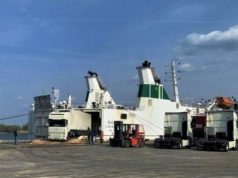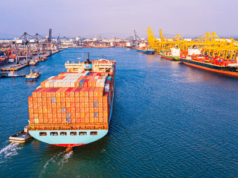Trend: Producing electricity from waste can be considered as an important option for the Islamic Republic, where over 20 million tons of waste is produced annually.
An Iranian citizen produces some 700 grams of trash every day, which is significantly over the global average of 300 grams. So 80 million Iranians produce over 56 million kilograms of waste every day, of that only 5 percent is recycled.
Reportedly, Iran has the capacity to generate more than 10,000 MW of electricity from biomass, with 25 cities capable of generating at least 400 MW of electricity from waste material.
That is why the Iranian administration has started to take steps to expand the waste-to-energy (WTE) plants in collaboration with international companies.
Last year Iran’s energy ministry announced that will pay 4,000 rials (about 12 cents based on official rate of 33,515 rials per each USD) per each kilowatt hour of electricity produced at garbage incineration power plants.
Currently only one WTE plant is active in capital city of Tehran – a mega city home to 9 million people – with limited output capacity of 2.5 megawatts.
According to data by state-owned Renewable Energy and Energy Efficiency Organization (SATBA), two WTE plants are operational in Shiraz and Mashhad cities as well.
Earlier in March 2017, Iran signed a build–operate–transfer (BOT) contract with the Czech Republic for construction of a 20 MW waste to energy plant in Iran’s northern Gilan province. The plant will be capable of burning 350 tons of trash per day to generate power.
In a recent development, Abdolamir Bakhshizadeh, an official with the Mashhad Municipality announced that several investors from European and Asian countries including China, Japan, India, France, Germany and Austria have expressed readiness to implement WTE projects in Tehran.
Bakhshizadeh, who heads Municipality Waste Organization of the city with 3.5 million population, told IRNA Sept. 19 that 3500 billion rials is needed for construction of WTE plants based on Asian technology, meanwhile implementing the project based on European technology will cost 13,000 billion rials.
Establishing incinerator power plant projects in big cities which enable the Islamic Republic to produce electricity from garbage is among the priorities of the Iranian energy ministry and the ministry has allocated 19 locations for construction of this type of power plants.
WTE plants will be launched around cities with over 200 thousand people population both to help power production and prevent waste from polluting environment.
According to the Sixth National Development Plan (2016-2021), Iran is aiming at the production of 700 megawatts of electricity in the form of waste-to-energy power generation.
© Content from this site must be hyperlinked when used






